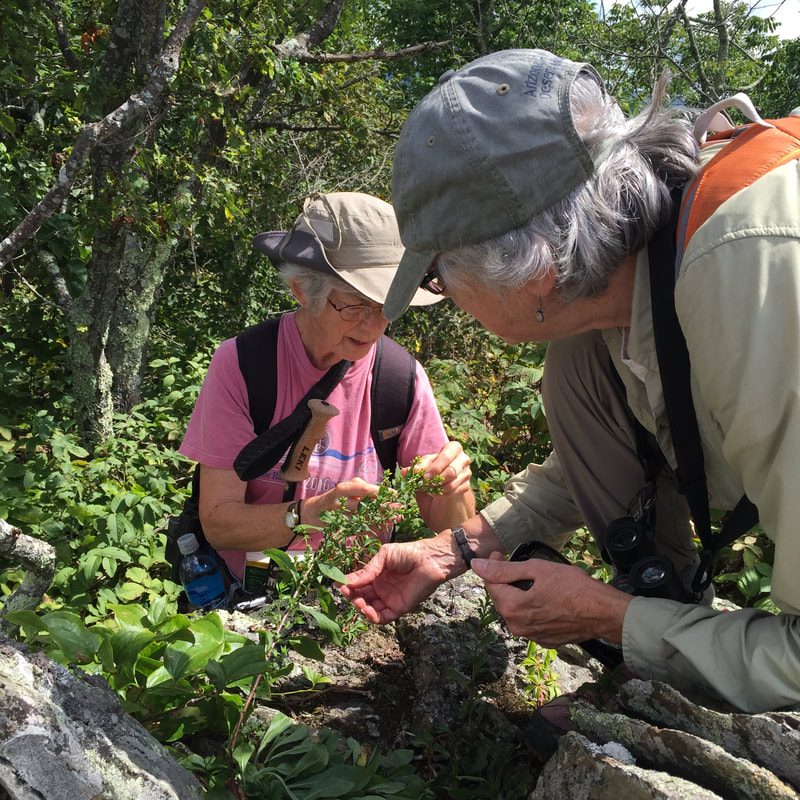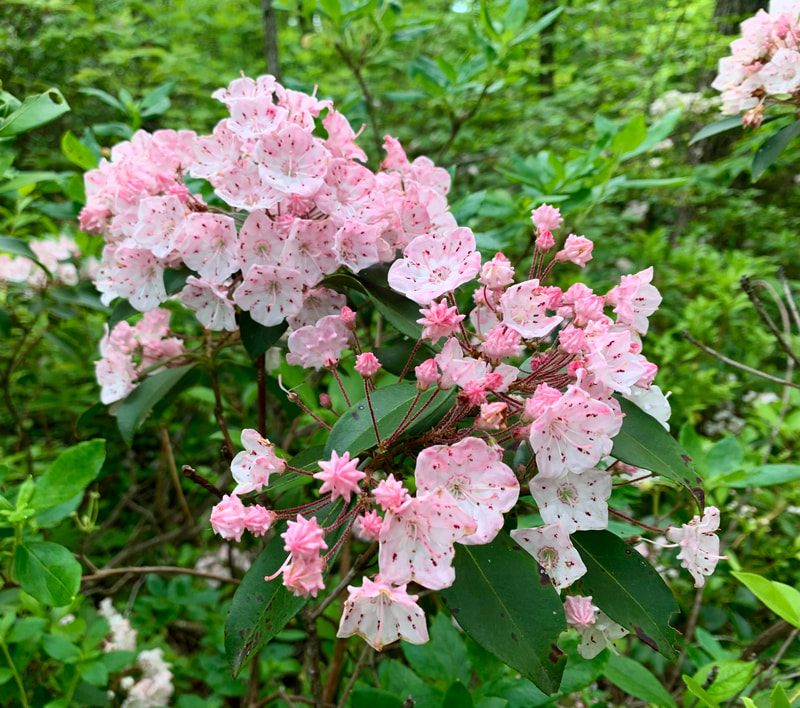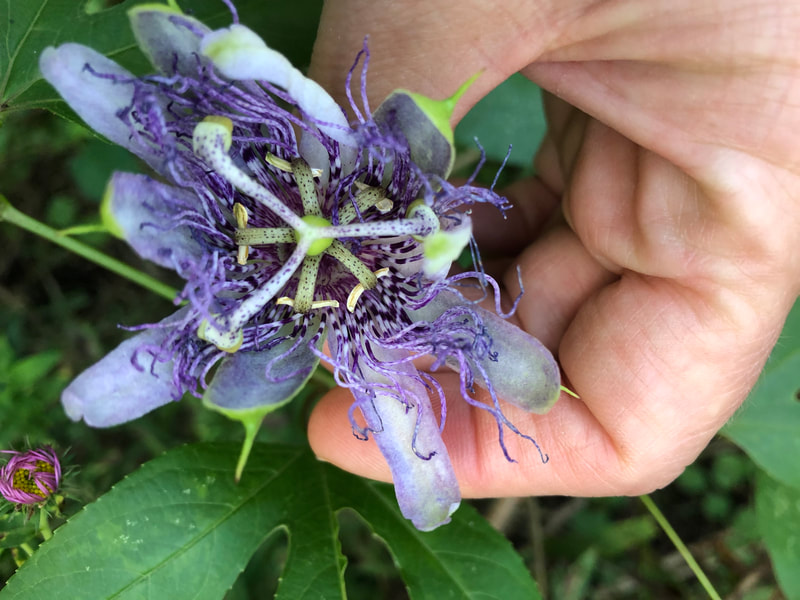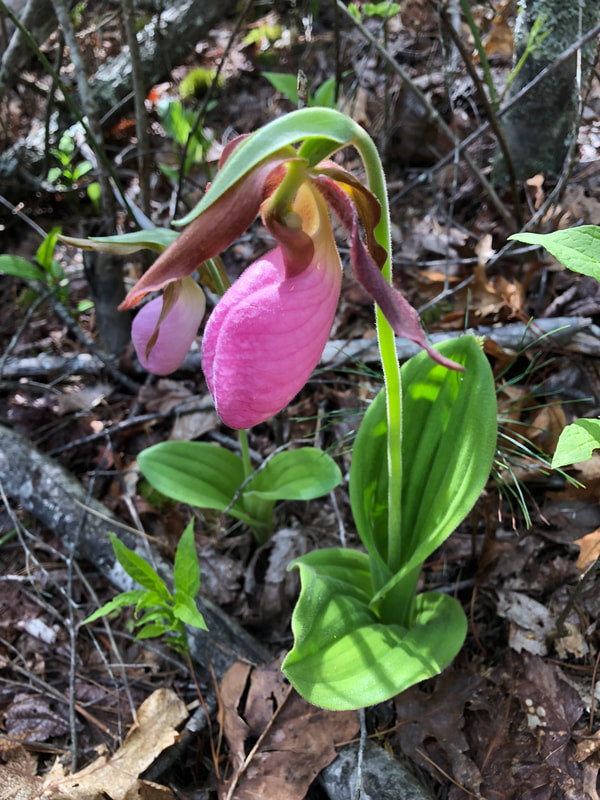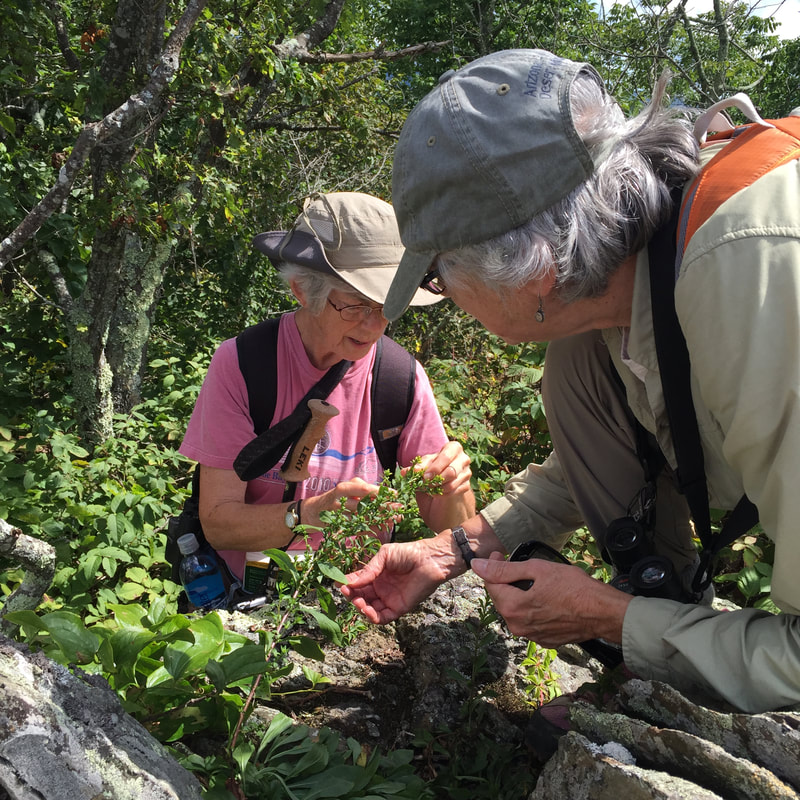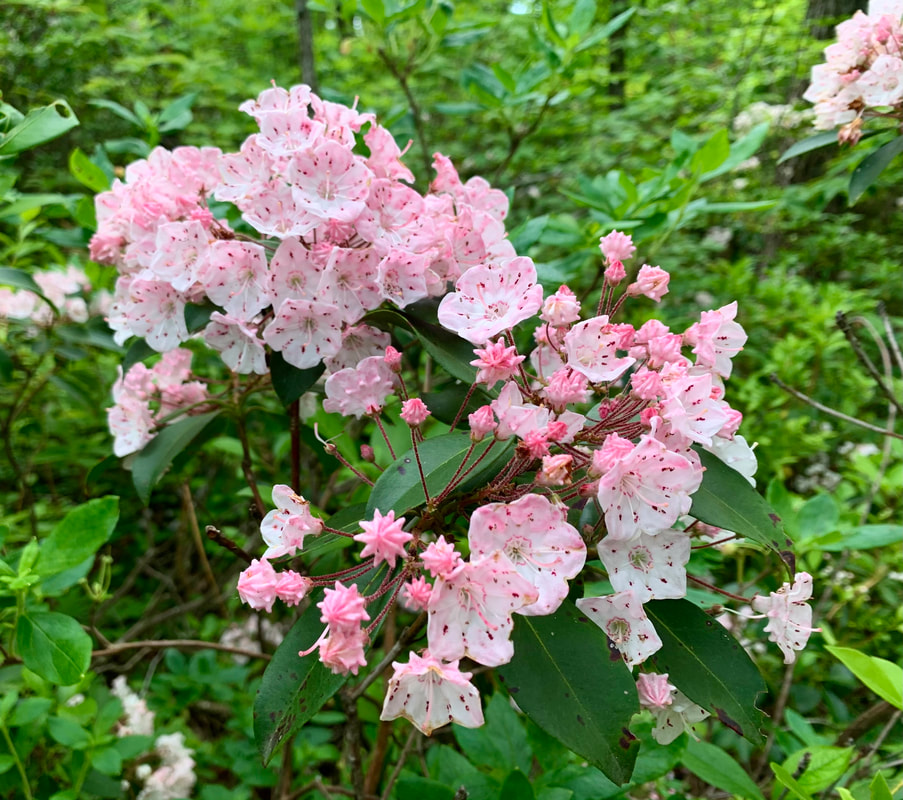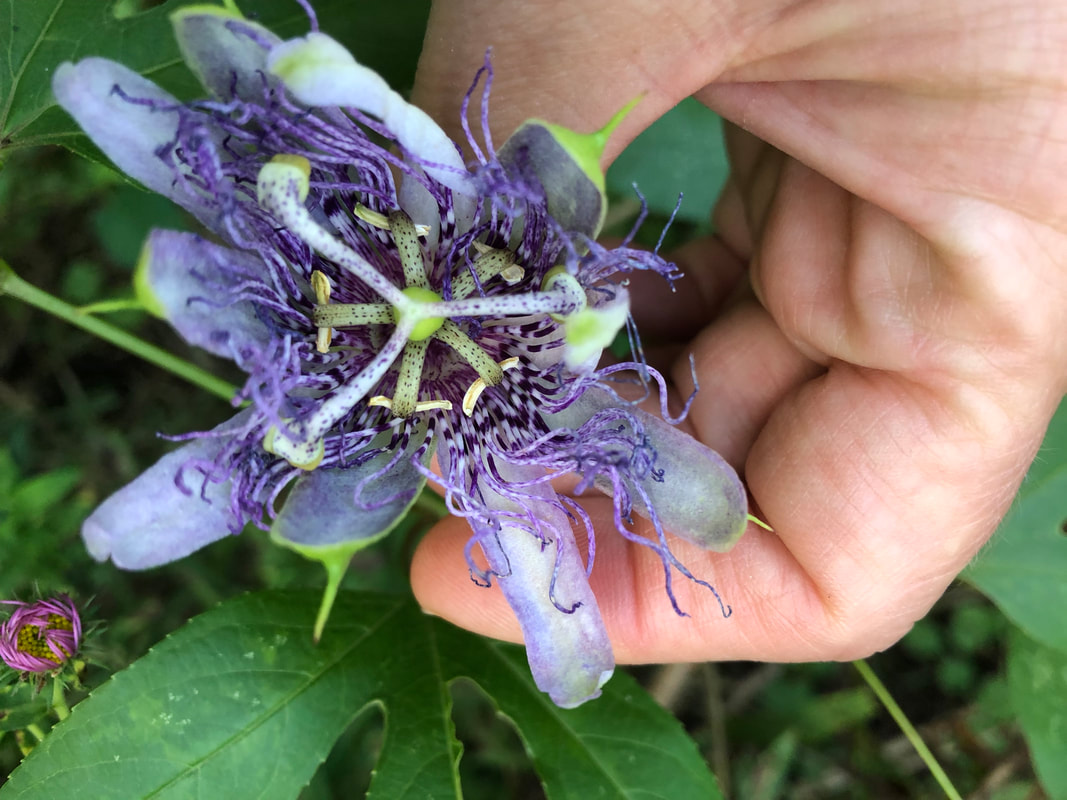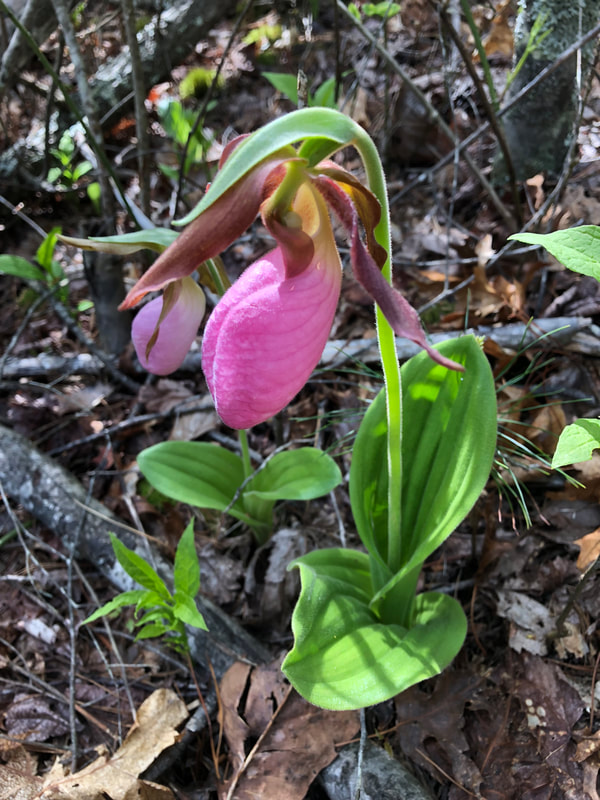Virginia Master Naturalist Basic Training Curriculum
Plants/Botany
This page contains numerous curriculum resources that may be used flexibly by Virginia Master Naturalist chapters and trainees to meet their learning needs. These resources also are available to other volunteer programs and the public for their use, but please note that watching or reading these materials cannot substitute for enrolling in and completing a basic training course with a VMN chapter in order to become a Virginia Master Naturalist volunteer.
Thank you to the numerous people who contributed to the creation of these materials, particularly the Flora of Virginia Education Committee and the Virginia Native Plant Society for creating and hosting the video modules, and John Hayden for writing the botany readings.
Learning Objectives
|
Background Readings and ToolsRecommended Readings
Recommended Tools
|
Video ResourcesWhat: A series of seven online videos produced by the Flora of Virginia Project’s Education Committee. Together, they include approximately six hours of content, so we recommend that new VMN trainees start with just two of the videos: Basic Botany and Plant Families. Later, you can delve deeper and watch the other videos, which we have included under “Additional Video Resources” below. User Notes: Please note that you can make the video full-screen and toggle the closed captioning on and off. Please also note that although you can stream the videos directly from this page, there is additional content associated with each video on the Virginia Native Plant Society’s Vimeo site. There you can find descriptions of each video module, a breakdown of the sections in each module, and additional resources such as websites and additional readings. Flora Education Module 3 – Basic Botany
Open this video in Vimeo to read a description of the module, see timestamps for each section and corrections, and to find websites and additional resources.
Flora Education Module 6 – Plant Families
Open this video in Vimeo to read a description of the module, see timestamps for each section and corrections, and to find websites and additional resources.
Click to set custom HTML
Additional Video Resources
Flora Education Module 1 – Tour of the Flora, An Overview
Open this video in Vimeo to read a description of the module, see timestamps for each section and corrections, and to find websites and additional resources.
Flora Education Module 2 – Using the Flora App
Open this video in Vimeo to read a description of the module, see timestamps for each section and corrections, and to find websites and additional resources.
Flora Education Module 4 – Taxonomy
Open this video in Vimeo to read a description of the module, see timestamps for each section and corrections, and to find websites and additional resources.
Flora Education Module 4 – Keying
Open this video in Vimeo to read a description of the module, see timestamps for each section and corrections, and to find websites and additional resources.
Flora Education Module 4 – Habitats
Open this video in Vimeo to read a description of the module, see timestamps for each section and corrections, and to find websites and additional resources.
|

